Can music describe anything more than music? This week we explore music that seeks to paint pictures.
In his 1936 Autobiography, Igor Stravinsky famously intoned that music was “powerless to express anything at all” and throughout his long life he did not retreat far from this very personal view: “music expresses itself” in conversation with his friend and collaborator Robert Craft: and later, also in conversation with Craft “Composers combine notes, that’s all”. Well Igor Fyodorovitch, I beg to differ.
Attempts to capture something tangible in sound (or even to tell a story) probably began in France and Italy in the late 17th Century with the near-contemporaries Francois Couperin and Antonio Vivaldi, but in the early 19th Century, with the development of the modern symphony orchestra, the palette of sounds available to composers expanded to meet their imaginations. Beethoven reproduced the onomatopoeic sounds of birdsong in his life enhancing F Major Pastoral Symphony but was at pains to point out that he was not attempting to describe the rural scenes he loved to walk through – but simply to put forward his impressions. As the title page of the original score has it ‘Recollection of the Life in the Countryside’. Today we look at few more examples of this great art-form.
Impressionism was in the air when the aesthetic refinement of Maurice Ravel began to emerge at the end of the 19th Century. Seven years older than the unknown Stravinsky, he was still working on his ballet music for Diaghilev’s Daphnis et Chloe when the younger man became an international celebrity with the premire of Firebird in 1910. The ballet suite was finished in 1912 and stands today as perhaps Ravel’s masterpiece. Listening to it today, it is hard to imagine that for dazzling beauty of sound, it will ever be matched, let alone surpassed. Here, the famous Lever du jour (Daybreak) sequence.
In his avoidance of exaggerated emotion, in the economy of notes and the luminous orchestration, the music of Claude Debussy surely belongs in the great Gallic tradition of artists such as Mallarme and Seurat. And it could be argued that this most original genius applied a ‘programme’ or impression to almost everything he wrote: Prelude a L’Apres-Midi d’un Faune, Nocturnes, Images, Jeux – all paint an instant and indelible print upon the mind’s eye. If every piece of music would mysteriously be banished from us, save one, I think, like the great Russian pianist Richter, I would still yearn for Bach’s Matthaus-Passion to be saved from the cull. But next in line would be the extraordinary La Mer from 1905, a work that seems to completely embody everything we feel about the vast expanses of water around us; my God, you can almost smell the brine. Here, the final movement ‘Dialogue du vent et de la mer’, with Claudio Abbado directing the Lucerne Festival Orchestra.
Seventy five years earlier in 1830, the 27 year old Hector Berlioz introduced his Symphonie Fantastique to a stunned Parisian audience. Casting himself as the opium addicted ‘artist’, Berlioz creates a series of five tableux that track his imagined reveries, all of which are linked by the idee fixe, a theme representing his beloved. We cannot be sure, but it seems that the composer was almost certainly taking opium during the years of its composition and later revision (1845). Here, the fourth movement, March to the Scaffold, where the artist attempts opium-suicide but instead is tormented by a nightmare. He has killed his beloved, and is about to be executed by guillotine. Marched to the scaffold she floats, via the idee fixe, into his mind, his musings being sharply cut short by the falling blade, his bouncing head picked out by plucked strings. I think he must have been on something…..
The ultimate expression of so-called programme music, at least since the advent of ‘talkies’ in the 30’s, has been scores composed specifically to match an image or a mood in films – and many great artists have been quite happy to take the shilling and pay the milk bill, when things were a bit thin on the classical front. So moved was Ralph Vaughan Williams by the 1948 film of Scott of the Antarctic for which he had just provided the music, that he began to rework the material into what became his Seventh Symphony in 1953. Although blessed with some wonderfully evocative pages it is, sadly, the weakest of the nine RVW composed, disfigured by celestas, gongs, bells and, horror of horrors, a wind-machine that, instead of being used sparingly, pops up throughout the piece to remind us of the bleak frozen wastes. Other effects – harp glissandi (ice) and a wordless chorus – help us forget the ravaging wind. Here, the concluding Epilogue, with the wind-machine having the last word,

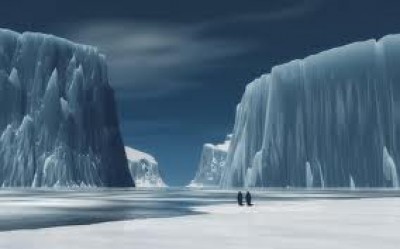
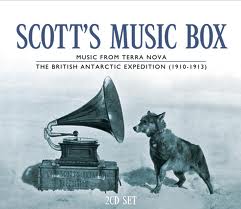
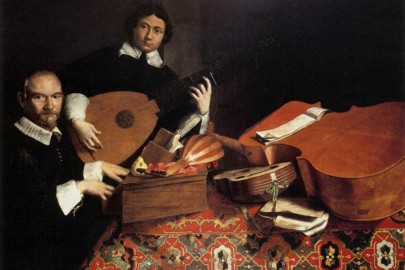
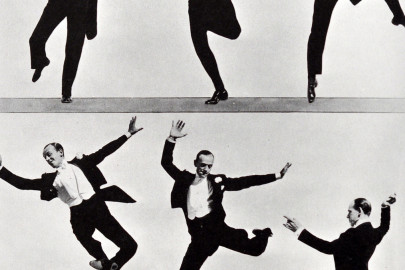
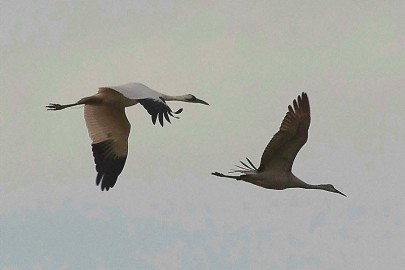







A fantastic selection MM, strangely as soon as I read the title I had a feeling you were going to mention RVW’s Antartica- I agree that it is fatally flawed and the weakest of his output. As for the Ravel, sublime stuff
You reintroduced me to Delius a few weeks ago, Mm, and I’m very grateful. This time you’ve reminded me of the glories of Daphnis et Chloe. I had a hissy tape of it for years and never replaced it with CD, until today. Thank you.
RVW’s London Symphony is occasionally labelled programmatic. Whether it is or isn’t It hangs together wonderfully well for me. I never tire of it: Westminster chimes, Hampstead Heath, Bloomsbury Square on a November afternoon, The Strand at night, the H G Wells inspired Tono-Bungay. Glorious! And dedicated to the potentially great and much lamented George Butterworth. Then there is Shostakovich’s Eleventh Symphony – The Year 1905. Goose bumps guaranteed as the story unfolds. RVW 2, Shostokovich 11 – more programmatic than truly symphonic? I couldn’t care less; I love them.
London 2012; I bet Vaughan Williams would have captured it wonderfully well: that opening ceremony, the ear-splitting roar of the crowds, the City’s great landmarks, the sea at Weymouth, the swirling of the velodrome, the metronomic rhythm of the rowing, and a closing ceremony as desolate as the final pages of RVW’s Fourth Symphony (Well, it’ll be sad to see it all end). But who would compose it?